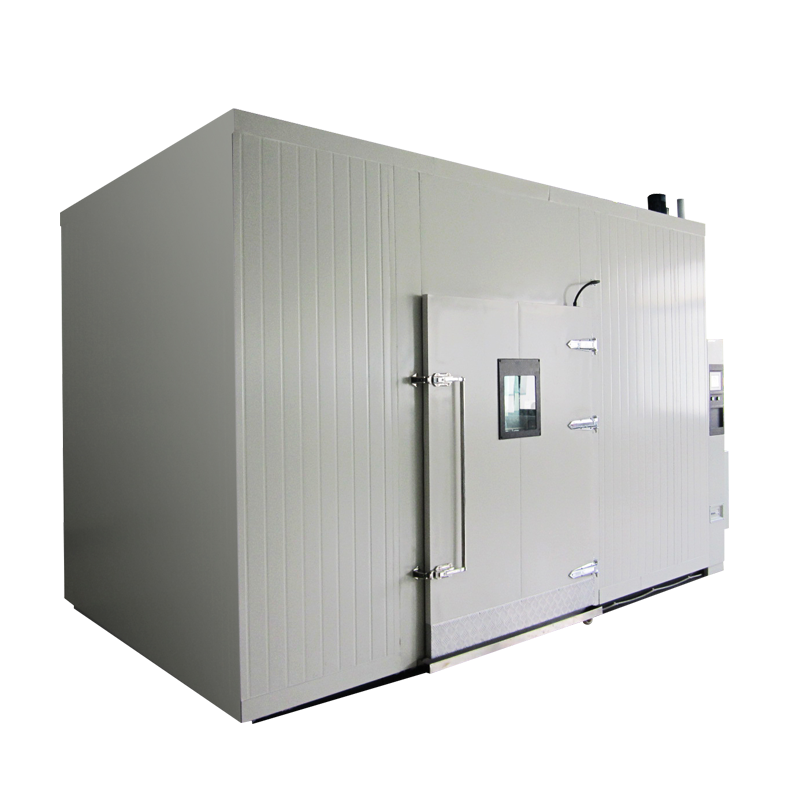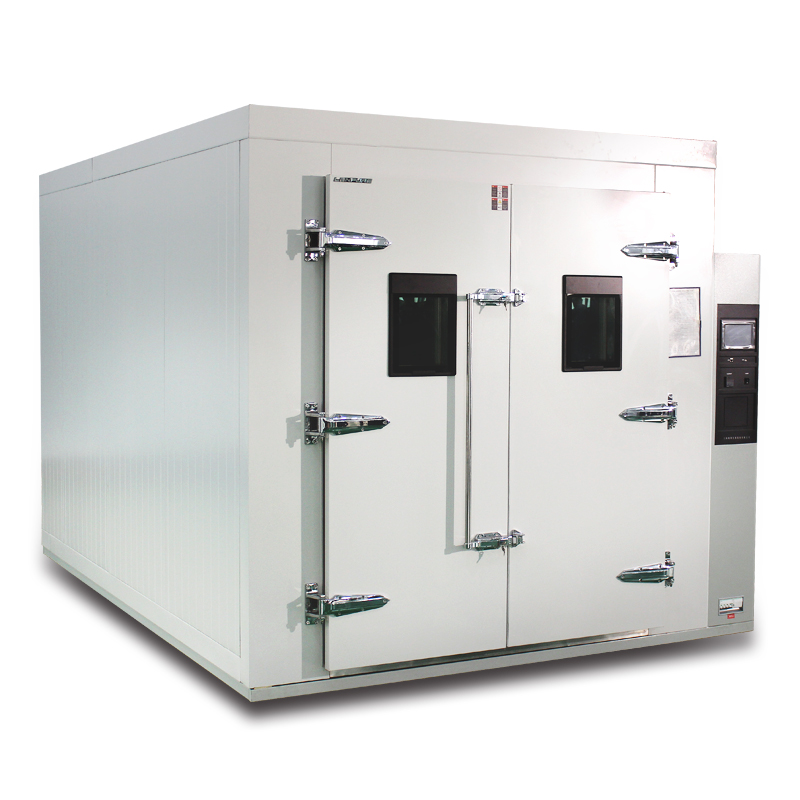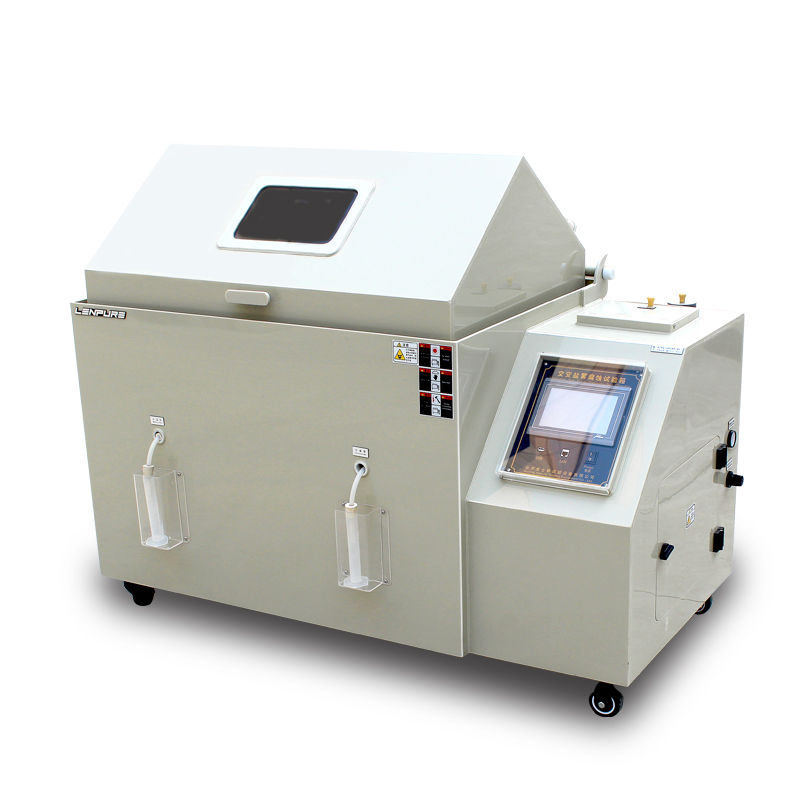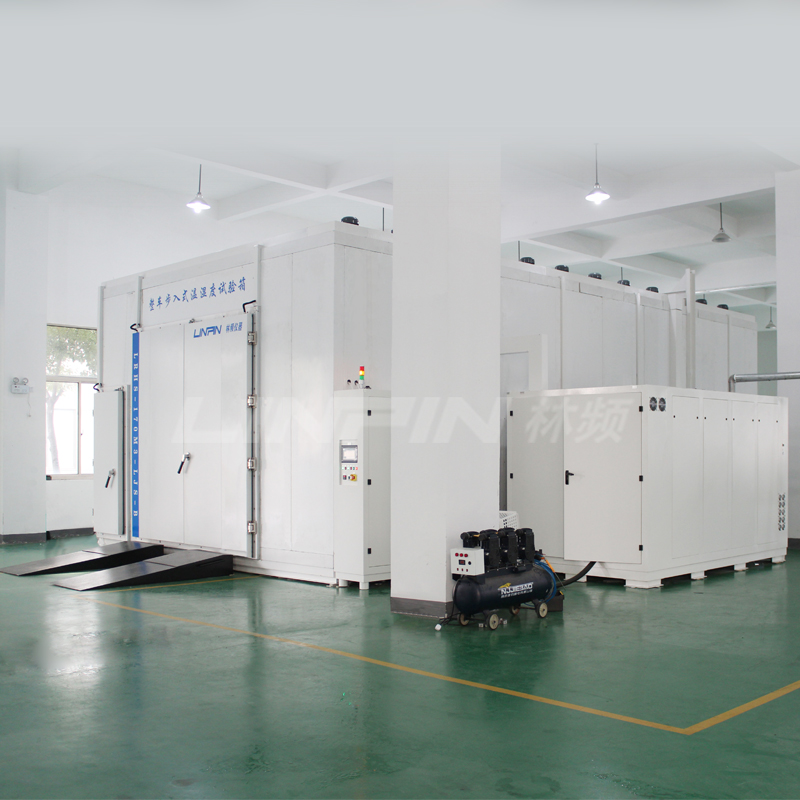Walk-in Constant Temperature and Humidity Test Chamber: Providing Precise Environmental Simulation for Scientific Research
Author:LINPIN Update Time:2025-07-23 Source:LINPINIn modern scientific research and industrial fields, the impact of environmental factors on experimental results cannot be overlooked. To ensure the accuracy and reproducibility of experimental data, walk-in constant temperature and humidity test chambers have emerged. These specially designed laboratories provide researchers with an ideal experimental environment through precise temperature and humidity control, thereby advancing research progress across various disciplines.
Basic Concept of Walk-in Constant Temperature and Humidity Test Chambers
A walk-in constant temperature and humidity test chamber is a large-scale experimental facility typically equipped with advanced temperature and humidity control systems. Researchers can conduct various experiments within this space without worrying about external environmental interference. Its design philosophy is to simulate specific environmental conditions, facilitating the study of materials, products, or biological samples under different parameters.

Key Features and Functions
- Precision Control: Walk-in test chambers can provide a wide range of temperature (typically -20°C to +80°C) and humidity (usually 20% to 95% RH) control. High-precision sensors enable real-time monitoring and adjustment, ensuring experimental consistency.
- Spatial Flexibility: The walk-in design allows researchers to conduct experiments in a relatively large space, making it suitable for large-scale sample testing or complex equipment operations.
- Versatility: These chambers are not only used in materials science and electronics testing but also widely applied in pharmaceuticals, biotechnology, food science, and other fields, meeting diverse research needs.
Applications
- Material Testing: In scientific research, walk-in chambers are used to evaluate the physical and chemical properties of materials under different temperature and humidity conditions, helping researchers assess durability and reliability.
- Electronics Testing: For electronics development and testing, these chambers simulate extreme environments, allowing manufacturers to evaluate product performance under various climatic conditions, thereby improving quality and competitiveness.
- Biological Experiments: In biomedical research, walk-in chambers provide stable conditions for cell culture, drug testing, and other experiments, ensuring reproducible results.
Technological Advancements and Future Trends
With technological progress, walk-in constant temperature and humidity test chambers continue to evolve. The introduction of intelligent control systems enhances laboratory efficiency, while improved data collection and analysis ensure greater precision. Additionally, advancements in environmental monitoring provide richer real-time data, aiding researchers in making informed decisions.
In the future, as research demands diversify, these chambers will move toward higher levels of automation and intelligence. For example, IoT-based laboratory management systems will enable smarter operations, allowing researchers to monitor experimental conditions in real-time via smartphones or computers.
Walk-in constant temperature and humidity test chambers provide ideal environmental support for scientific research, becoming indispensable facilities across various fields. With continuous technological advancements, this domain will witness further innovation and development, offering a more robust foundation for scientific exploration. Whether in fundamental research or applied development, the value of walk-in test chambers will become increasingly prominent, empowering researchers to push the boundaries of knowledge.





